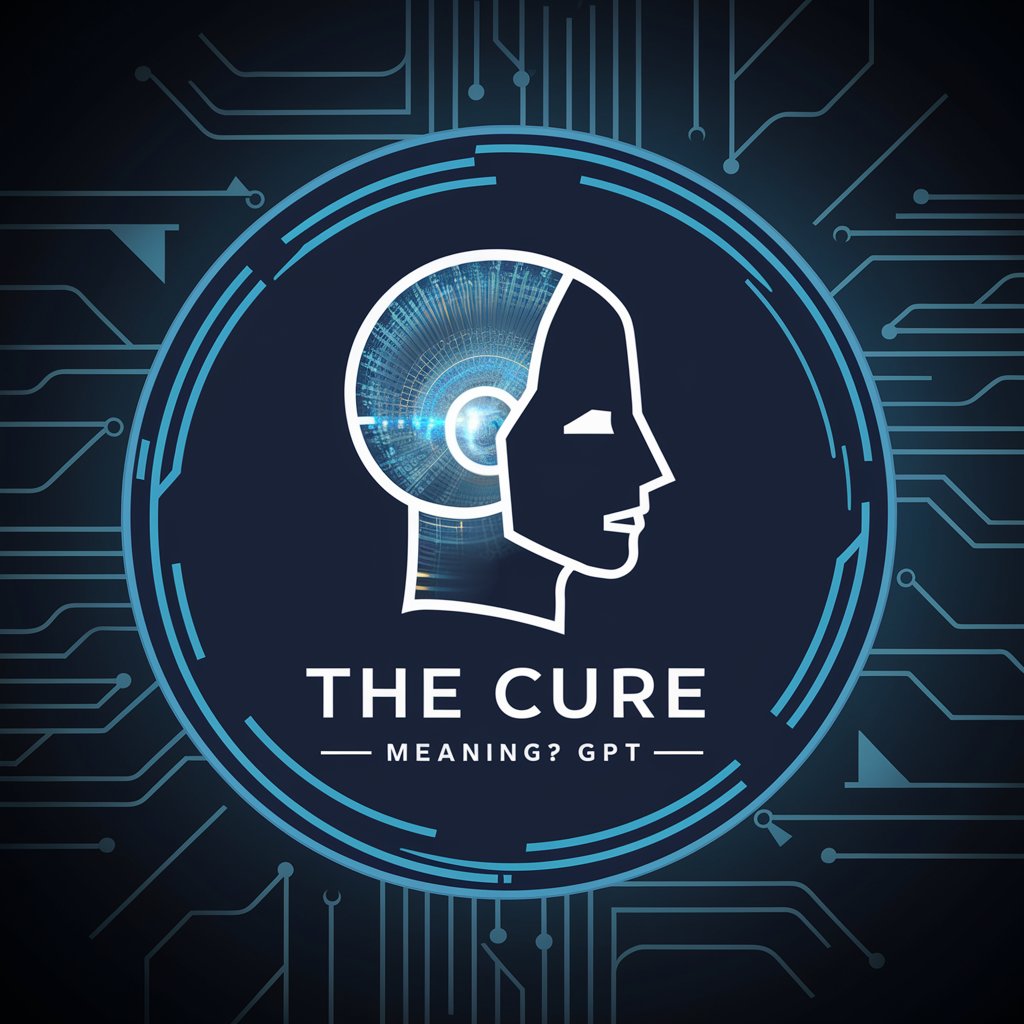Orthotist and Prosthetic Advisor - Orthotic/Prosthetic Guidance

Hello! Let's explore orthotics and prosthetics together.
Empowering decisions with AI-driven orthotic/prosthetic insights
How do orthotics support flat feet?
What's important for a below-knee prosthesis?
Can you explain ankle-foot orthosis for cerebral palsy?
Tell me about new upper limb prosthetic technologies.
Get Embed Code
Introduction to Orthotist and Prosthetic Advisor
The Orthotist and Prosthetic Advisor is a specialized role designed to offer expert guidance on the selection, customization, and utilization of orthotic and prosthetic devices. This role encompasses a deep understanding of biomechanics, anatomy, and the unique needs of individuals requiring such devices. For example, an Orthotist and Prosthetic Advisor might work with a patient who has undergone an amputation to determine the most suitable prosthetic limb, considering factors like the patient's lifestyle, the level of amputation, and any specific vocational needs. Another scenario could involve recommending a specific type of brace for a child with scoliosis, taking into account the severity of the curve and the child's growth potential. Powered by ChatGPT-4o。

Main Functions of Orthotist and Prosthetic Advisor
Assessment and Recommendation
Example
Evaluating a patient's physical condition and recommending a bespoke prosthetic limb.
Scenario
After assessing a patient who has recently undergone below-knee amputation, the advisor suggests a prosthetic limb that offers both comfort and functionality for the patient's daily activities and work requirements.
Customization and Fitting
Example
Designing and adjusting orthotic devices for optimal fit and effectiveness.
Scenario
Customizing a spinal orthosis for a teenager with idiopathic scoliosis, ensuring it fits perfectly to provide the necessary support while not hindering growth.
Education and Training
Example
Providing patients and their families with training on using and maintaining orthotic and prosthetic devices.
Scenario
Offering comprehensive education sessions for a patient who has received a new upper limb prosthetic, including how to care for the device, how to put it on and take it off, and how to gradually acclimate to its use.
Follow-up and Adjustment
Example
Regularly assessing devices for fit and function, making adjustments as needed.
Scenario
Scheduling follow-up appointments for a child with a leg brace to adjust the fit as the child grows and ensure the brace continues to serve its intended purpose effectively.
Ideal Users of Orthotist and Prosthetic Advisor Services
Individuals with Limb Loss or Deficiency
People who have experienced limb loss through amputation or congenital limb deficiency can benefit greatly from tailored prosthetic solutions that restore function and improve quality of life.
Patients with Musculoskeletal Conditions
Individuals suffering from conditions like scoliosis, arthritis, or fractures may require orthotic devices to support, align, or immobilize body parts, aiding in pain relief and functional improvement.
Rehabilitation Professionals
Physiotherapists, occupational therapists, and other rehabilitation professionals utilize the advisor's expertise to enhance their treatment plans with appropriate orthotic or prosthetic interventions.
Healthcare Providers
Surgeons, doctors, and other healthcare providers rely on the advisor for consultations to recommend the best orthotic and prosthetic solutions for their patients, ensuring a holistic approach to patient care.

Guidelines for Using Orthotist and Prosthetic Advisor
Start Your Journey
Initiate your experience at yeschat.ai, where you can explore the Orthotist and Prosthetic Advisor with a complimentary trial, sans the need for logging in or subscribing to ChatGPT Plus.
Identify Your Needs
Clearly define your query or the information you seek related to orthotics and prosthetics, ensuring it aligns with your specific circumstances or the patient's condition.
Engage with the Advisor
Use the chat interface to pose your questions, providing as much relevant detail as possible to facilitate precise and tailored advice.
Review Recommendations
Carefully consider the guidance and recommendations provided, understanding that they are general suggestions and not a substitute for professional medical advice.
Apply Insights Appropriately
Leverage the insights and information obtained to enhance your knowledge or inform decisions, always in conjunction with consultation from healthcare professionals.
Try other advanced and practical GPTs
Capricorn Personalized Advice
Tailored Astrological Insights Powered by AI

Retro Tunes Guru
Your AI-powered retro music navigator.

The Cure meaning?
Empowering insights with AI intelligence.

Spanish Friend - Language Conversation Improver
Improve Spanish with AI-powered insights

Buddha Advisor
Empowering life with AI-powered Buddhist wisdom.

Drowsy Sheep - Sleep Aid
Optimize your sleep with AI-powered insights.

Caption Crafter Pro
Crafting Captions with AI Precision

Creative Connoisseur
Unleash Your Story's Potential with AI

The Valley Song (Sing Of Your Mercy) meaning?
Unraveling the Depths of Music with AI

Quality Assurance GPT
Automating QA with AI precision

Ancestry - Find My Chinese Ancestors
Unlocking your Chinese heritage with AI

Daily AI News
Stay Ahead with AI-Powered News

Frequently Asked Questions about Orthotist and Prosthetic Advisor
What can the Orthotist and Prosthetic Advisor assist me with?
The Advisor offers guidance on orthotic and prosthetic devices, helping users understand options based on various diagnoses and patient needs, while emphasizing that actual device selection and fitting should be done by professionals.
Is the Advisor suitable for professional healthcare providers?
Absolutely, healthcare providers can use the Advisor as a supplementary resource for the latest trends, best practices, and general knowledge in orthotics and prosthetics.
Can the Advisor provide custom device recommendations?
While the Advisor can suggest types of devices suitable for certain conditions, it does not provide patient-specific recommendations or prescriptions.
How current is the information provided by the Advisor?
The Advisor's insights are based on a comprehensive collection of orthotic and prosthetic literature, ensuring that the information is both relevant and reflective of current practices.
Is the advice from the Advisor a substitute for medical consultation?
No, the guidance provided is intended for informational purposes only and should not replace professional medical advice, diagnosis, or treatment.
